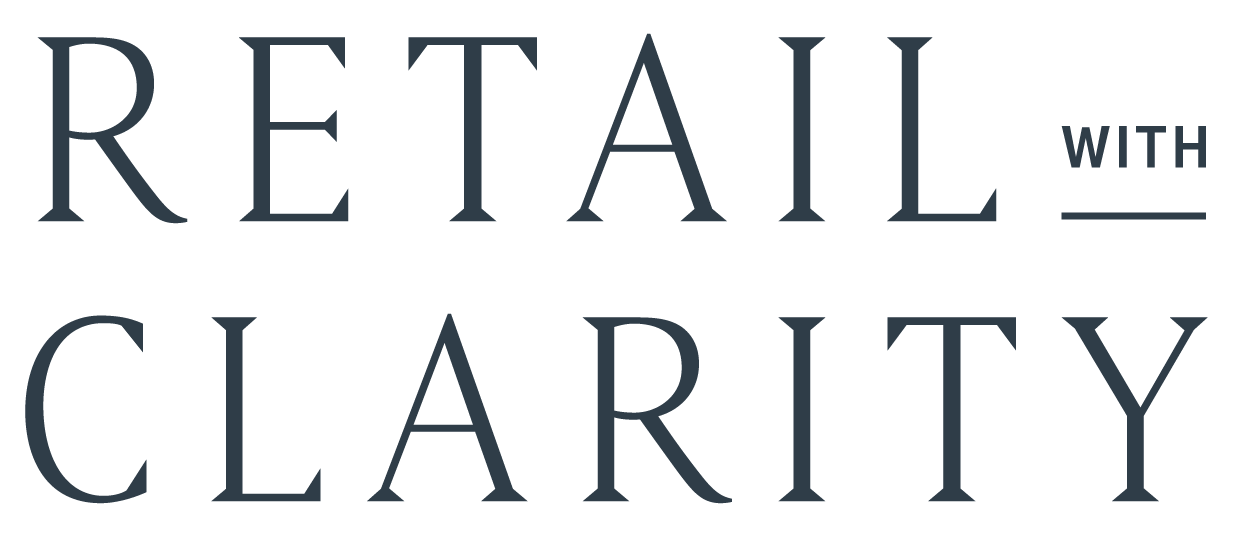Growing sales = successful business… right?
Sales performance, or turnover, is a reflection of customers’ interest in your products. It’s the barometer of how well you’re doing your job of giving your customers what they’re looking for and it’s a commonly used yardstick of success by external observers of business performance.
Turnover is the value of the goods that were sold; add up every item that you sold at the price that you sold it for and that equals your ‘sales’ or your ‘turnover’ (also known as ‘revenue’). The higher the sales figure, the happier the retailer. Right? Well, sometimes.
Surprisingly, selling more volume isn’t always a good thing
With the exception of products that can’t even be given away, when prices are discounted the sales volume increases. Typically this also results in a turnover increase but that is dependent on the size of the price change and the size of the sales volume increase.
Let’s look at a scenario where a £10 item selling an average of 5 units a month is reduced in price to £6. The sales volume then increases to 20 units a month and the turnover increases from 5 x £10 = £50 to 20 x £6 = £120. Brilliant, 140% increase in turnover and 300% increase in sales volume!
Let’s look a little deeper into this example. The item costs you £5 from your supplier and, for the purposes of this example, we’re going to assume that there is no VAT payable on this particular product. So, your profit per unit when you sell something at full price is £10 - £5 = £5. Selling an average of 5 units a month gives you a total monthly profit of 5 x £5 = £25.
When the price is reduced to £6, your profit per unit changes to £6 - £5 = £1. Selling an average of 20 units a month gives you a total monthly profit of 20 x £1 = £20. But wait a minute, that’s less than the original £25 per month profit.
So turnover has increased by 140%, sales volume has increased by 300% but profit has decreased by 20%.
So…profit is the key measure of success?
Well, no, not by itself anyway. It’s a very important measure but the health of your retail business is determined by a balance of several measures. Think about your business as a triangle where, at any point in time, you’re trying to balance the three points of turnover, profit and stockholding.
If any one of these measures start to move away from your business targets, the triangle becomes out of balance. Over time, the balance will continuously shift around but you can take action when you spot a trend developing; you can try to redress the balance by affecting one of the other points in the triangle.
For example, if you are holding too much stock, one mechanic you can use to drive sales (and therefore reduce the overstock) is to discount products with high stockholding. But this will also affect the profit side of the triangle – your challenge is to choose the right level of discount that starts to bring the triangle back into balance for your business, reducing the overall stock levels but minimising the potential loss of profit. This is done through testing out different approaches and, honestly, some trial and error.
One of the most important things you can do to control your profit
Making less profit on a product is only a bad thing if it’s unexpected. The best thing you can do is to set a budget for your expected sales and profit and, within that budget, plan for markdowns and discounts! If you budget an allowance for price reductions in advance then when it comes to dealing with low sales/high stock lines, you won’t be ‘losing’ profit when you change prices – instead you’ll be managing the profit within the allowance you created and (hopefully!) remaining on track for your overall profit target. The most common reason that the retailers I work with were making less profit than they thought they should have been is that there was nothing built into their plan for discounts on underperforming or end of season products (the second most common reason is that there wasn’t a plan at all!); factoring discounts into the upfront planning gives visibility of a realistic profit position in time for you take action – if you need to.
“Turnover is vanity, profit is sanity”
There is a 3rd part to this quote but I think this snippet sums it up nicely!



